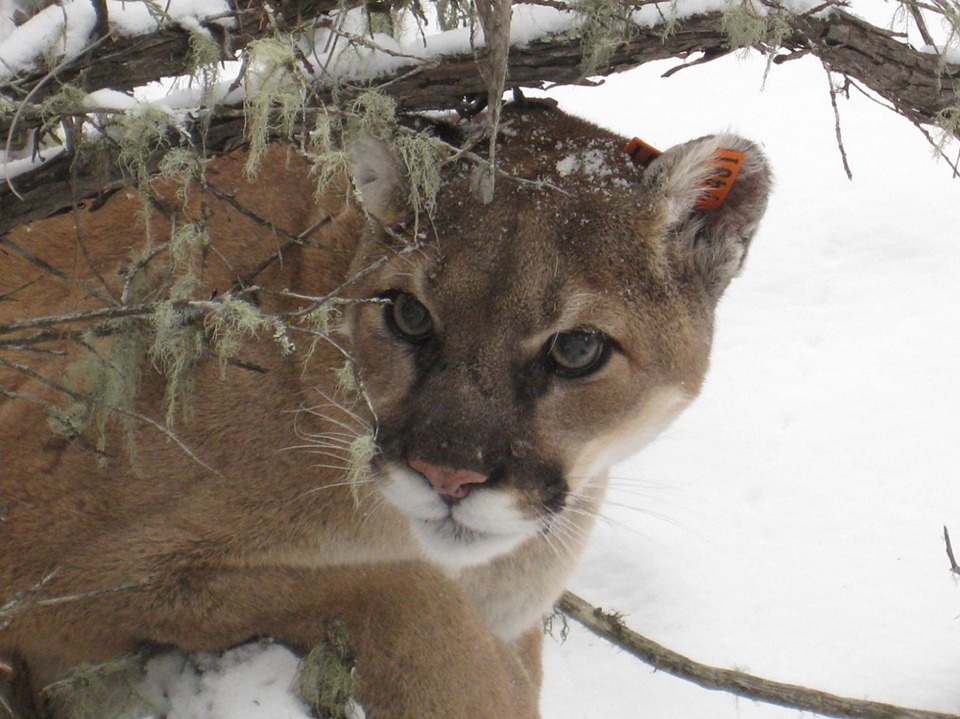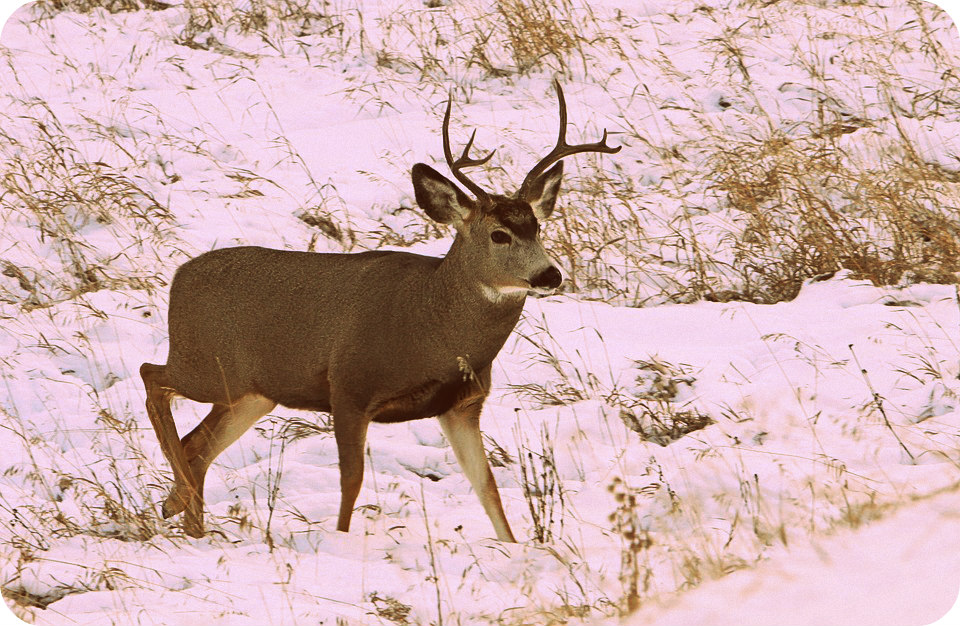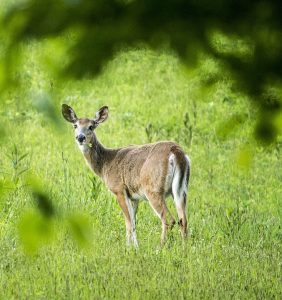In an effort to inform predator harvest and management decisions, Colorado Parks and Wildlife (CPW) adopted a mule deer strategy back in 2014 that identified predation as one of the main limiting factors affecting Colorado’s mule deer population.
As part of the plan, researchers turned to the Piceance Basin, a geological structural basin in northwestern Colorado that holds reserves of coal, natural gas, oil shale, and the winter range of the largest migratory mule deer population in the state. Representing one of the best documented mule deer populations in North America, the Piceance Basin has been the focus of research and monitoring efforts since the late 1940’s.
Data from studies performed during the 1980’s through the mid-1990’s indicated a high density population of mule deer in the basin (mean winter density = 24/mi ²). That population began to decline sharply during the early 1990’s to about 1/3 of the previously noted levels (mean winter density=9/ mi ²). Researchers believe the cause of the decline can be attributed to exceeding the forage capacity on the winter range that supported the previously high densities of deer.
A 2008 research initiative that collected data similar to the efforts in both studies performed in the 1980’s and 1990’s uncovered encouraging data , but still displayed declining fawn recruitment numbers.
Comparing research from 1982-1990 – before the decline – with data from 2008-present, indicated an increase in fawn weights and winter fawn survival paired with a decrease in winter starvation – which was prevalent during the 19080’s. Despite these positive findings, early winter fawn recruitment declined from about 73 fawns/100 does to 49 fawns/100 does, suggesting that mule deer in the Piceance Basin are no longer habitat limited on winter range, but are being impacted by predation in the region.
The scientific analysis lead CPW officials to propose the plan that would see state wildlife crews capture and kills upwards of 10-15 mountain lions and 25 black bears each year in the Piceance Basin, beginning in the spring of 2017.

At the Commission’s December 14th meeting in Fort Collins, Colorado, a unanimous vote during the public comment and discussion session approved the Predator Control Plans in the Piceance Basin and nearby Upper Arkansas River.
“Colorado Parks and Wildlife appreciates the input and opinions of all who provided responses to these proposed studies and appreciates the exchange of ideas throughout this process,” said CPW’s Assistant Director of Policy and Planning Jeff Ver Steeg. “It is very clear that people are passionate about this issue and it was helpful hearing from both sides.”
Despite opposition from Colorado State University wildlife biologists, the PWC stands by their science-based findings, refuting the biologist’s claims on its website.
“Ongoing research in the Piceance Basin suggests predation rather than other factors (habitat, energy development) is most likely limiting this population.”
“Habitat is a primary focus in other areas where habitat may be more limiting than the two areas where the influence of predation is being examined,” the Commission stated.




